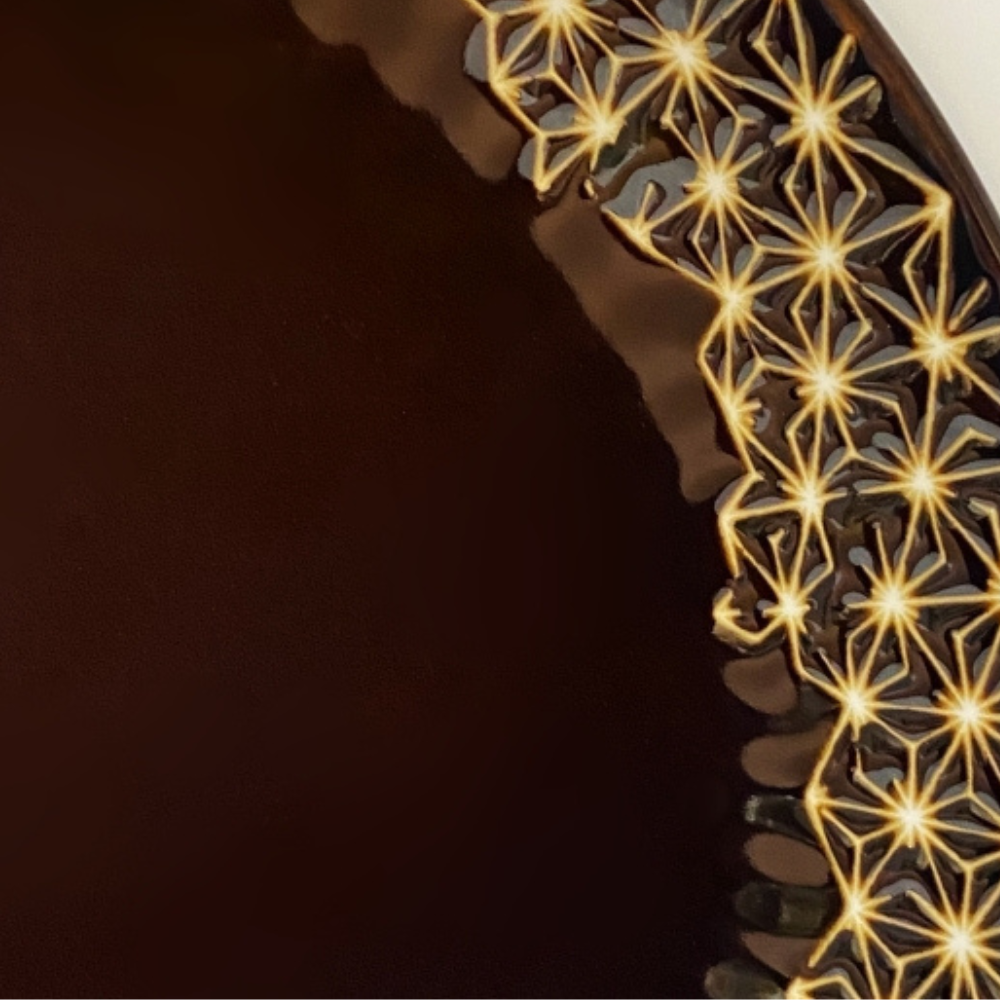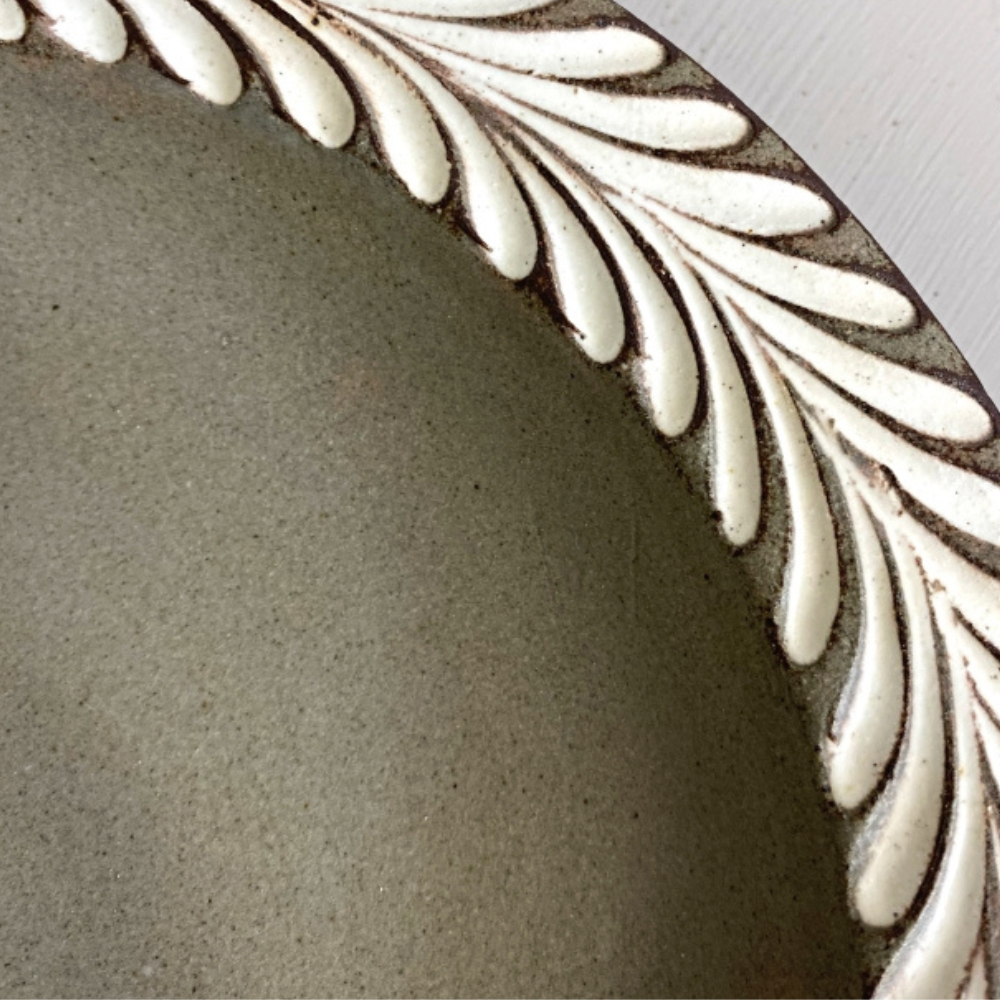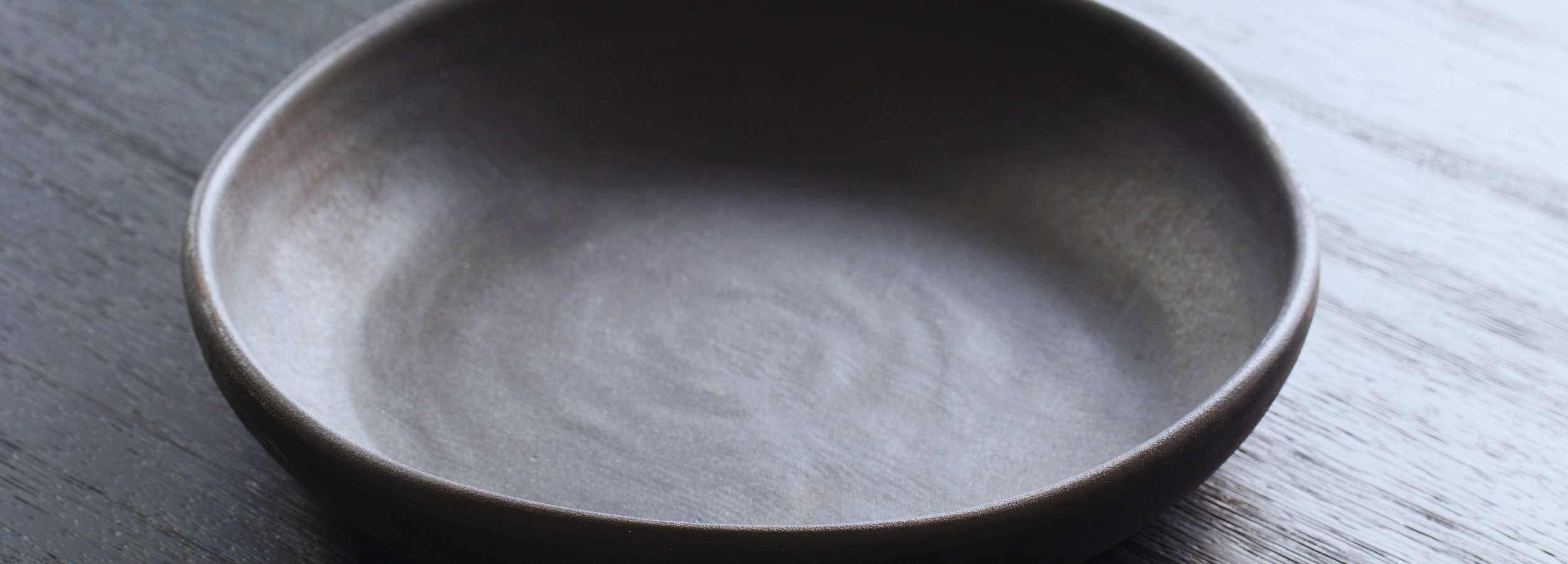Most of our ceramics are handmade or hand-finished with love and care. The more you use your ceramics, the more they will develop your own personal and unique character. To maintain the quality of your piece and ensure its longevity, please take good care of your ceramics. Allow us to guide you through how you can look after your piece. For more information about the characteristics of our ceramics, please refer to this page.
PORCELAIN AND POTTERY

Porcelain
Porcelain is made from a blend of crushed porcelain stone, feldspar, and silica stone mixed with clay containing small impurities like kaolin. This mixture undergoes firing at an exceptionally high temperature ranging from 1,200℃ to 1,400℃, imparting strength and durability to the porcelain. Known for its lightweight, hardness, and non-porous nature, porcelain stands as a durable and water-resistant material.

Pottery
Pottery is predominantly crafted from natural clay and fired at temperatures ranging between 900℃ and 1,300℃. Once the final shape is achieved, it may be enhanced with a glaze called "yuyaku," adding a glossy, multicoloured finish to the clay's surface.
The firing process transforms the glaze into a glass-like texture, rendering the pottery waterproof.
There are also pottery pieces fired without the application of the "yuyaku" glaze.
As the firing temperature is lower than that of porcelain, these pieces become porous, characterised by numerous small air holes, making the pottery water absorbent.
Due to its porous nature, extra care is necessary.
For detailed care instructions, please refer to the recommendations provided below.
Medome (Sealing technique - before first use for pottery)
There are numerous small holes on the surface of clay pots and pottery. Over time, as you use them, discoloration and odour transfer may occur from food and/or liquid. Sealing involves coating the surface with starch* to fill those holes and prevent such occurrences. Additionally, it acts as a preventive measure against stains and cracks. While not mandatory, if you wish to prolong the life of your ceramic, we recommend considering this process.
* Traditionally, we use the water that was used to rinse the rice, as it contains starch. However, if you don't frequently cook rice, you can also use flour or potato starch.
How To
1. Begin by placing a clean cloth at the bottom of the pot, followed by arranging your pottery. Pour enough agitated rice water (if using flour, mix 1-2 tbsp into the water) to cover all the pottery. When placing multiple plates or bowls at the same time, be sure to insert a cloth or paper towel between each piece to prevent breakage.
2. Gradually bring the mixture to a boil, starting from low heat, and then simmer over low heat for approximately 15-20 minutes. It's crucial to note that boiling on high heat may cause the bottom of the pot and the tableware to collide, leading to potential cracks.
3. Turn off the heat and allow the contents to cool down slowly. Take out your pottery and wash it thoroughly.
4. Wipe each piece with a clean, dry cloth and let them air dry.
BEFORE PLATING
Dry pottery readily absorbs liquid, leading to potential staining. As a preventive measure, soak the pottery in running water before use, lightly wipe it, and then proceed to place food on it to avoid stains.
AFTER USE
Utilize a soft sponge and a mild detergent for handwashing your ceramics. It is crucial to wash them gently with a soft sponge or cloth. While some of our products are dishwasher safe, we recommend handwashing to ensure the longevity of your ceramics. Allow them to air dry thoroughly before storing them in the cupboard, as leaving them moist can lead to mold and/or musty odors.
MICROWAVE AND OVEN
Pleae refer to each product's page and check in advance whether it is compatible with the microwave and oven, as usage and precautions may vary depending on the ceramic. It's essential to remember that sudden changes in temperature, such as placing your item from the freezer to the oven, are likely to cause thermal shock, leading to potential cracks and breakages. Always place very hot items onto either wood or cloth
STAINS, ODOURS AND MOULD
Even if you seal the pottery (medome) or soak it in water before serving the dish, there might be instances where the pottery ends up with stains, odors, or even mold. These issues can sometimes be challenging to remove even with careful washing and detergent. In such cases, here's what you can do:
・Simmer items slowly in hot water, bringing it to a boil but keeping it on low heat. For more thorough cleaning, consider adding some lemon juice, vinegar, or baking soda to the hot water.
・For tea or coffee stains, add 1 tsp of salt onto a wet sponge and gently wash the items.
・Always air dry items thoroughly before storing them in the cupboard. Additionally, sun-drying them is also a good idea.
LASTLY..
We cannot provide a guarantee regarding the longevity of our ceramics. Our recommendation is to adhere to our care instructions. Nevertheless, with proper care, these ceramics are designed to endure for a lifetime. It is crucial to handle your ceramics with care to ensure they last for generations, bringing joy to your dinner table for many years to come!

